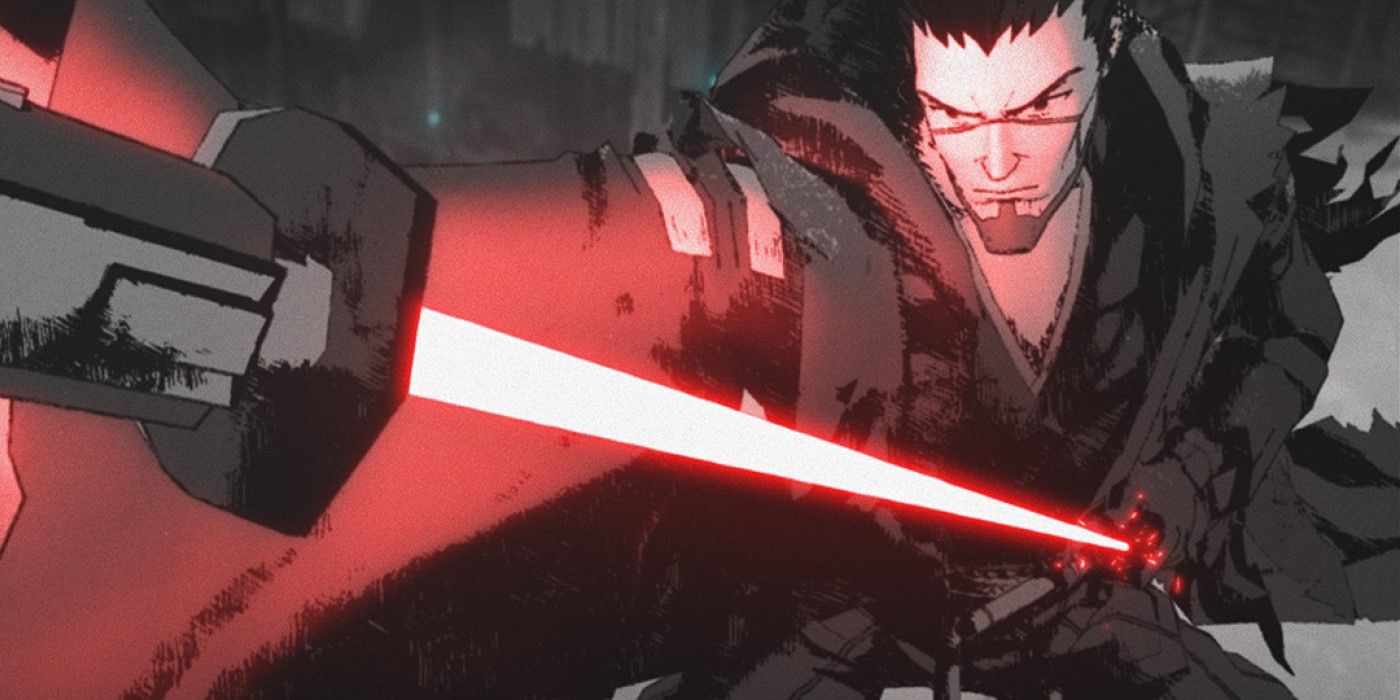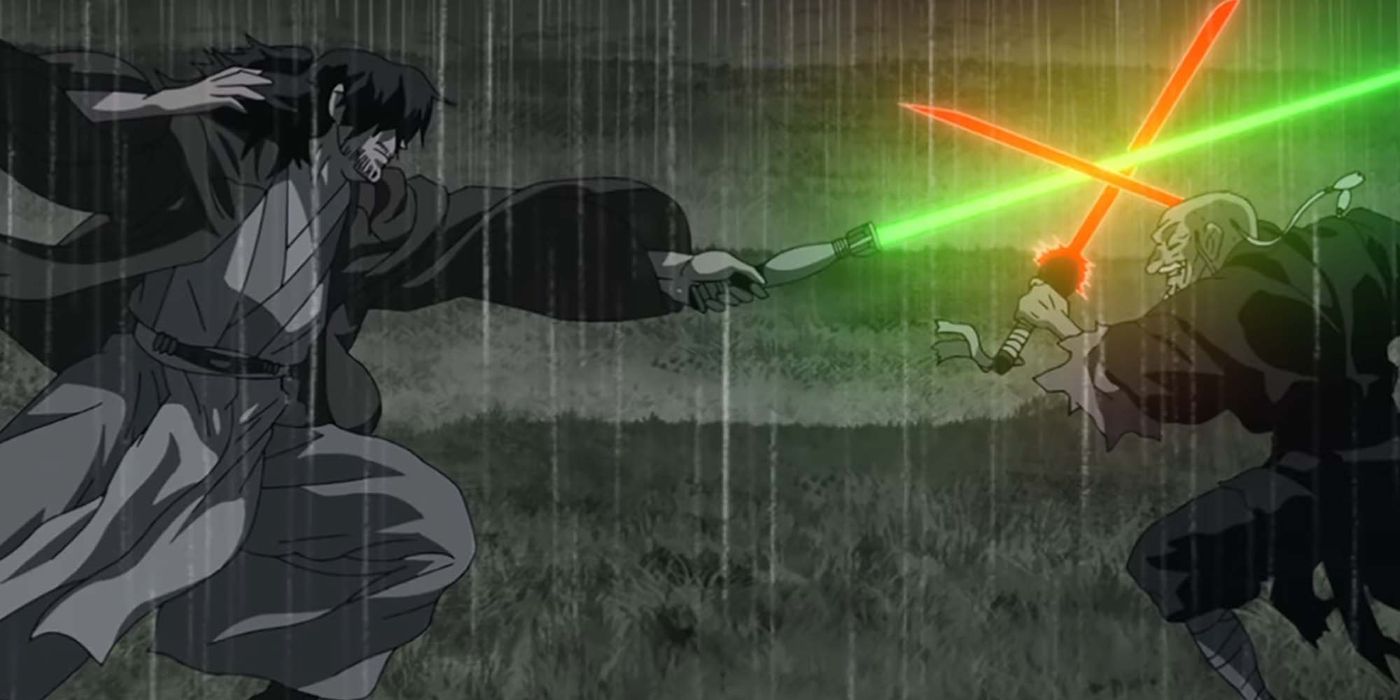Star Wars had a turbulent past couple of years in terms of theatrical releases. But even with fans divided over The Last Jedi and the poor critical reception of The Rise of Skywalker, Star Wars has found some semblance of favor from audiences and critics in their television ventures. Their latest release, Star Wars: Visions, is an anthology series developed by some of the best Japanese animation studios as they bring their unique visions to tell different stories in the Star Wars universe. Star Wars: Visions, as is usual with most Star Wars releases recently, has generated a lot of conversation on the project, specifically the extreme lengths the stories go to separate themselves from the rest of the Star Wars universe.
While some episodes in the series like "Tatooine Rhapsody" revisit familiar locations and characters from the original trilogy, the episode still does enough to make itself different from anything that has been done in the world of Star Wars before. Each episode in the series is separate from one another, and each story has its own (sometimes) open-ended conclusion. And while this may be done to leave future opportunities to revisit the characters introduced, the episodes primarily serve to tell short, thrilling, and self-contained stories. Most, if not all, of the episodes in Star Wars: Visions' first season have received positive reception for their creativity, animation, and use of new concepts and ideas to tell stories in the galaxy far, far away that haven't ever been told before.
Star Wars: Visions, and even The Mandalorian to some extent, have taught us a valuable lesson: if Star Wars wants to grow and continue to break new ground, it needs to worry less about the larger galaxy and focus more on telling self-contained stories; stories that are able to be free from the constraint of something like the Skywalker Saga without any preconceived notions or rules that have to be followed to keep in line with what has been shown before.
Take one of the more successful episodes of Visions, for example. Entitled "The Twins," the episode breaks a lot of the rules of Star Wars. From its climactic battle taking place almost entirely on the outside of an Imperial Star Destroyer in space, to the use of Kyber crystals in the episode, all the norms of what you perceive Star Wars to be are thrown out the window. Everything, save for the core concept of good vs. evil, is taken as just optional and something that doesn't need to be followed according to lightsaber or space battles that we have seen in Star Wars before this.
These battle sequences are refreshing and exciting because of how unconventional they are compared to what we have seen in Star Wars thus far. This is just one example of many experiments strewn throughout Star Wars: Visions' first season. Each episode shows all the possibilities the Star Wars franchise has when its stories are self-contained. More liberties can be taken and there are even opportunities to establish new lore. Disney and Lucasfilm should take this release as a learning opportunity for the future. Self-contained stories have the ability to bring the same magic as the original trilogy, while helping to bring something new to the table as well.
Star Wars: Visions is streaming on Disney+.


